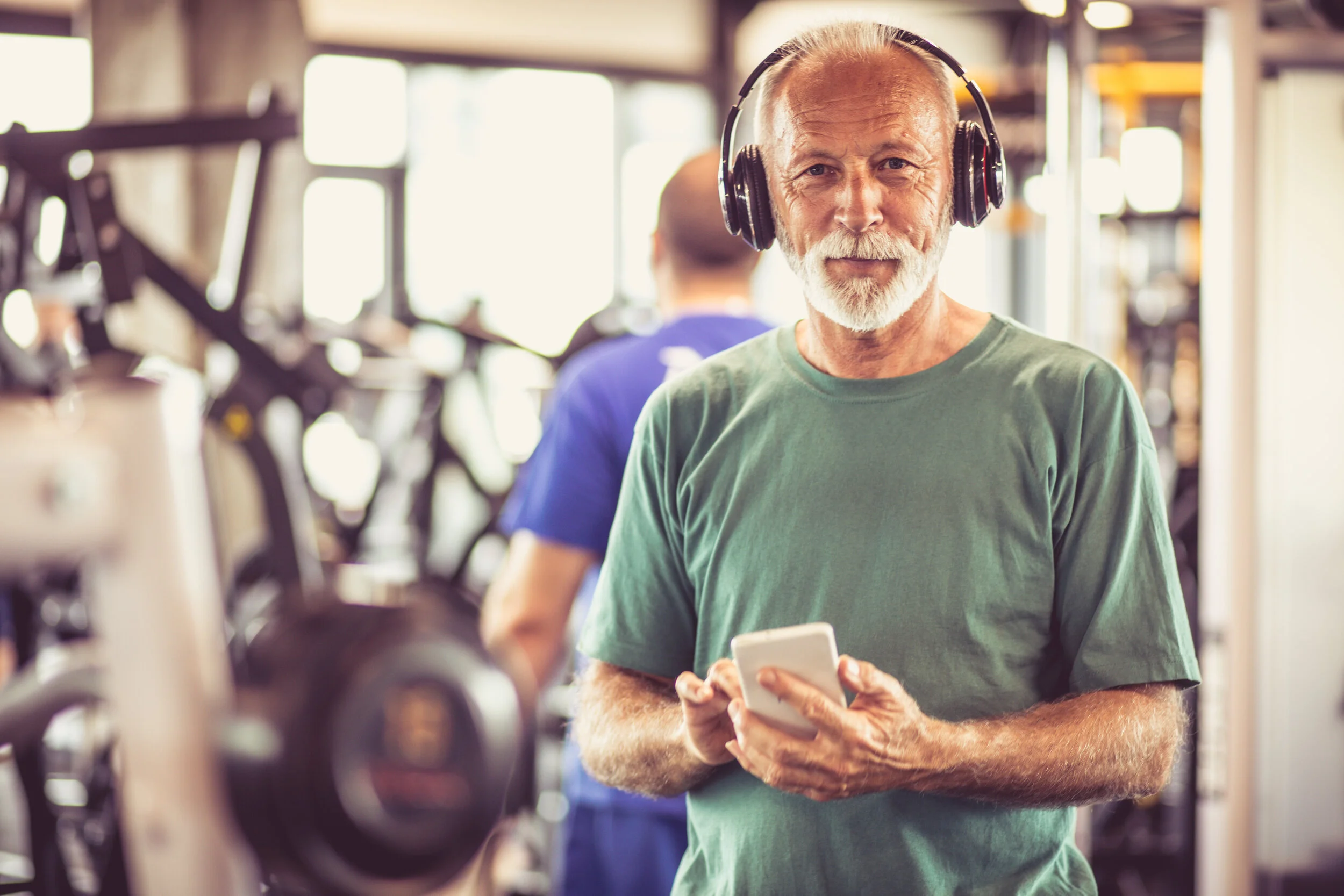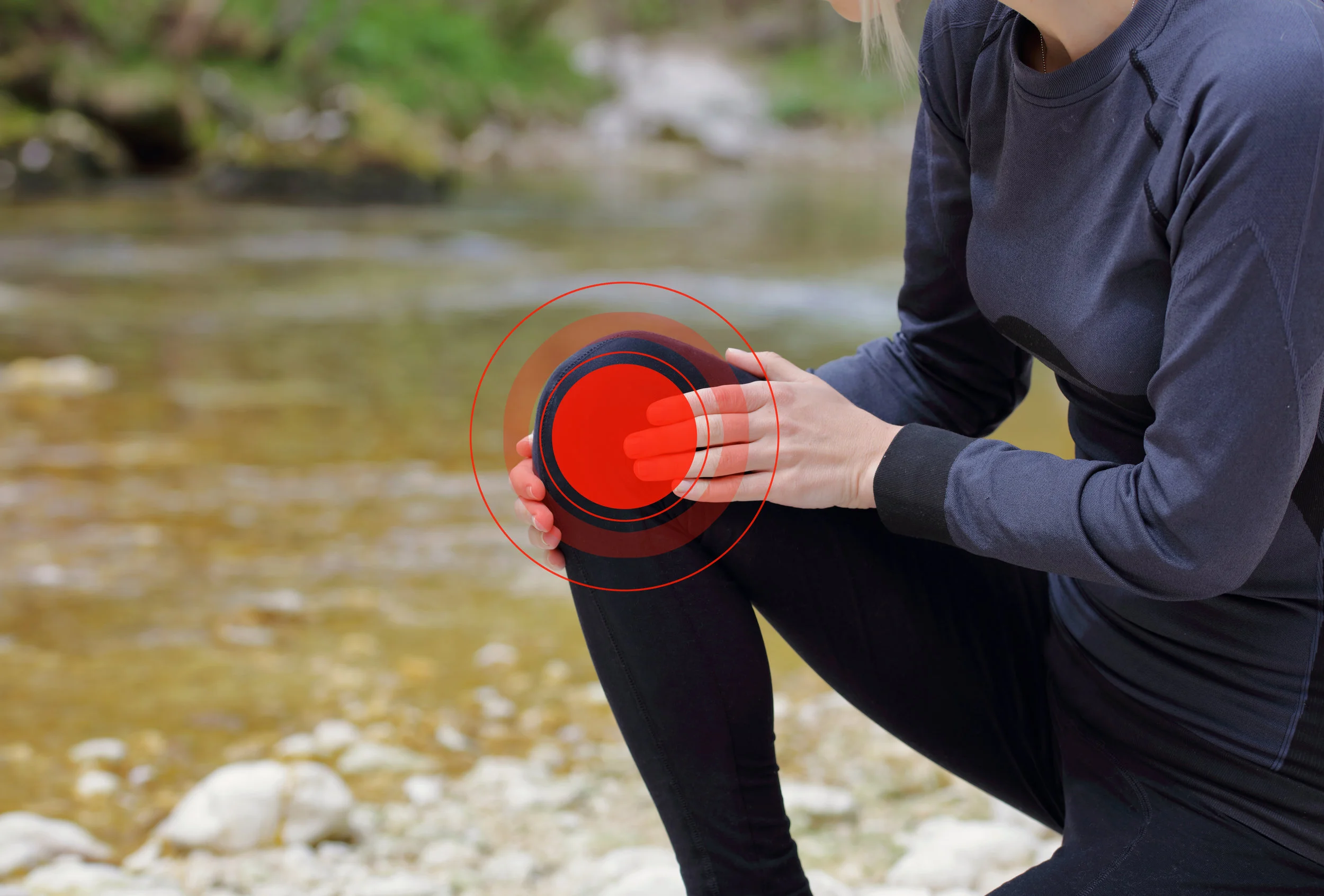ACL Reconstruction (Video)
A few weeks ago I wrote a post on this blog about ACL Reconstruction. Since it's always a timely topic, I thought I'd delve into it here in video form for all of you visual learners.
Even if you aren't dealing with an ACL Reconstruction personally, you may have some general scientific or anecdotal interest in the topic, especially since some big-name athletes always seem to be dealing with the issue.
Feel free to share the video with anyone you may know with questions about ACL Reconstruction, and while you're at it you can read the earlier post I wrote on the topic.
Here you go! Warning, the sound is a little low, so turn up your volume ;)
This was a tough winter, and some of you didn’t escape without tearing the dreaded ACL.
Rotator Cuff Tears are a major injury, but you can bounce back to full activity after surgery.
When returning to the slopes after an ACL injury, we have two factors to consider. Biology, and rehab.
Good news: there are a huge host of factors that are totally completely under your personal control when you embark on the journey to recover from any type of orthopedic surgery. Let’s talk about a couple here today.
How do we get tennis elbow to stop hurting? There are two strategies to reduce pain: reduce inflammation and wear a forearm strap.
Having surgery for your ACL Tear? Here are vital questions to ask your surgeon, and some helpful videos from Dr. Sterett on the topic of ACL Surgery.
Listen to Dr. Sterett on the VSO podcast as he gives some behind the scenes info on being a world cup ski doc. Dr. Sterett also talks knee injuries to female athletes and what you can do to prevent injury during this informative chat!
A injury to the rotator cuff due to an intense trauma such as a bad fall will cause intense pain to the shoulder, combined with weakness in the upper arm. So how do you know if you need rotator cuff surgery?
ACL tears are a common knee injury in active people. Here’s Dr. Sterett’s quick video guide to some of the top ACL tear questions.
It's not just the ladies at the top of the podium who face pressure. Many female athletes are becoming more susceptible to this female athlete's triad.













